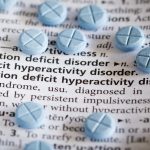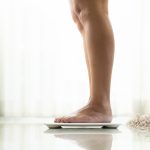
U.S. federal officials took a big step toward protecting children from a contaminant blamed for irreversible health effects, proposing tougher standards for removing lead-based paint in pre-1978 buildings and child care facilities. The U.S. Environmental Protection Agency announced the proposed new standards Wednesday at an event in Newark, N.J. If finalized, the new rules would protect up to 500,000 children under age 6 from lead exposure each year. The proposed standards would apply to homes and child-care facilities. “The Biden-Harris Administration is taking a whole-of-government approach to ensuring that the most vulnerable among us — our children — are protected from exposure to lead,” EPA Deputy Administrator Janet McCabe said in an agency news release. “This proposal to safely remove lead paint along with our other efforts to deliver clean drinking water and replace lead pipes will go a long way toward protecting the health of our next generation of leaders.” The plan is aligned with the EPA’s aim to address racial, ethnic and economic disparities in lead exposure. Lead-based paint is more likely to be found in lower-income areas, putting communities of color at greater risk. Racial segregation in housing over the years, called redlining, is part of this. Michal Freedhoff, assistant administrator for the EPA’s Office of Chemical Safety and Pollution Prevention, noted there is no safe level of lead. “Even low levels… read on > read on >


















